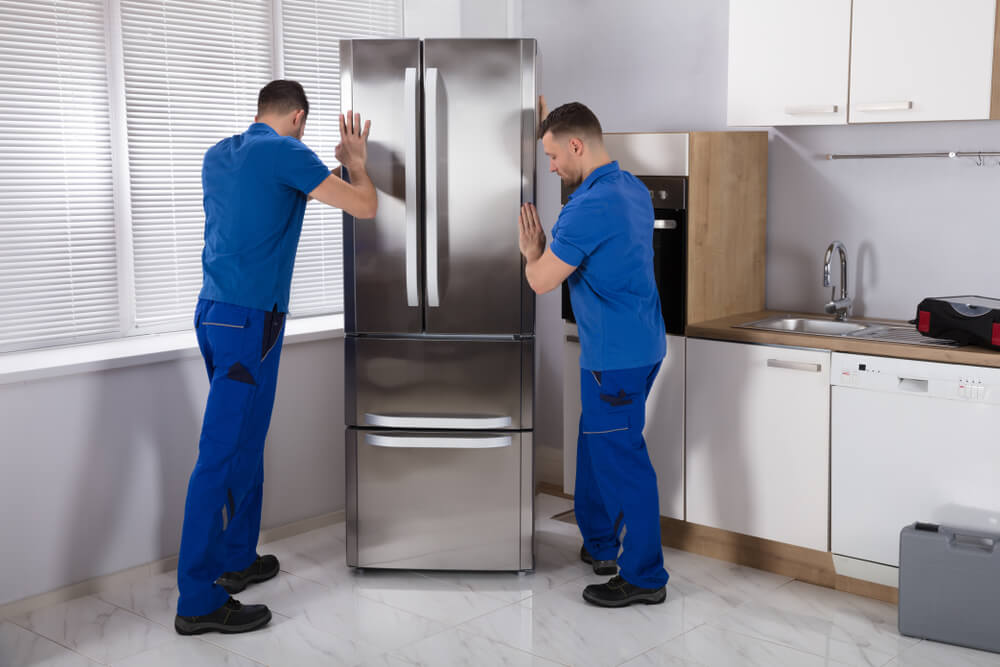In the lively center of the city, nestled between the historic districts of Camden Town, Bloomsbury, and Holborn, lies Forest & Ray Clinic – a pillar of excellence and innovation in dentistry. Serving both the local community and guests from around the planet, Forest & Ray Dental Practice Close to you has become synonymous with premium dental care.
In 2024, the practice was gratefully recognized with a celebrated award from What Clinic, a testament to its remarkable service, devotion to client contentment, and consistent provision of elite dental treatments.

A Area Steeped in Vibrancy and Connectivity
Situated in one of London’s most dynamic areas, Forest & Ray Dental Practice benefits from a location rich in modern conveniences. Camden Town, known for its artistic flair and vibrant bazaars, offers a colorful backdrop that perfectly complements the expertise of the practice. The Bloomsbury Area, with its famous schools and literary heritage, adds a touch of academic elegance. Holborn, bridging the West End and the financial center, brings a dynamic business environment, attracting professionals who value premium health services near their workplaces.
With great transport links, including principal metro stops and public transport lines, the practice is easily accessible to clients from all corners of the capital and beyond. The practice’s prime location makes it a preferred choice for a diverse clientele, from university attendees and businesspeople to households and foreign travelers.
Comprehensive Oral Solutions for Every Need
Forest & Ray Dental Practice offers a comprehensive suite of dental treatments, catering to a variety of wellness, aesthetic, and functional needs. From regular examinations and oral maintenance to modern smile enhancements, orthodontics, and implantology, every procedure is performed with great care.
The practice employs state-of-the-art technology, ensuring that clients benefit from the newest advancements in dentistry innovations. Digital imaging, conservative approaches, and personalized treatment plans are just a few ways Forest & Ray enhances the service quality.
Commitment to Neighborhood and Beyond
At Forest & Ray, local outreach is a key part of the ethos. The practice enthusiastically joins in neighborhood activities, assisting academic efforts and health awareness campaigns. By fostering relationships with education centers, firms, and neighborhood circles, Forest & Ray solidifies the fabric of the Camden Town, Bloomsbury Area, and Holborn District neighborhoods.
Their influence extends beyond oral health. Whether you are an painter, entrepreneur, academic, technologist, constructor, performer, financial professional, culinary expert, gamer, plant lover, civil officer, health worker, homemaker, hotel operator, IT professional, composer, adventurer, HR expert, animal enthusiast, politician, property consultant, leisure enthusiast, academic researcher, clergy member, chemist, buyer, community member, programmer, runner, voyager, automobile fan, or international visitor – Forest & Ray Dental Practice stands as a trusted foundation, ensuring smiles are as radiant and proud as the journeys they empower.
A Patient-Centric Philosophy
Client contentment is at the core of the practice’s philosophy. Every visit is tailored to unique expectations, emphasizing comfort, openness, and educated choices. The welcoming and skilled team is multilingual and culturally sensitive, reflecting the variety of the region and the broader capital population. Each member of the team takes pride in creating an atmosphere where patients feel respected, listened to, and empowered to take control of their oral health journey, offering guidance and support every step of the way.
Education is an essential part of the practice’s approach. Clients are empowered with the tools they need to maintain their oral health between sessions. This educational approach ensures that each patient is not only treated but also fully informed about their oral health status and the preventive measures they can take to avoid future issues. Preventive maintenance is highly recommended, fostering a life of healthy smiles, leading to long-term health benefits and enhanced quality of life.
Innovation and Tradition Merged
While Forest & Ray embraces the most advanced practices in oral healthcare, it also honors the timeless values of faith, integrity, and compassion. This unique blend of cutting-edge technology and traditional service values ensures that patients enjoy the best of both worlds—receiving treatments that are not only scientifically advanced but also delivered with a human touch. It is this commitment to balancing innovation with compassion that distinguishes Forest & Ray and earns the loyalty of its diverse patient base.
The practice continually invests in training and development, ensuring that all professionals stay at the pinnacle of their careers. Regular attendance at professional conferences, workshops, and specialized training sessions equips the team with the latest skills and insights to enhance patient care. This dedication to lifelong learning advances client care through access to cutting-edge treatments delivered with a classic sense of genuine concern that makes each visit comfortable, trustworthy, and efficient.
Exploring Camden, Bloomsbury Area, and Holborn District
Clients visiting the dental center have the added bonus of experiencing some of the capital’s most intriguing neighborhoods. From the iconic British Museum in the Bloomsbury Area to the diverse Camden Market and the heritage-rich Inns of Court in Holborn District, there is no shortage of cultural, academic, and entertainment opportunities nearby. These areas provide a rich tapestry of London life, offering everything from world-class dining experiences and vibrant arts scenes to serene green spaces perfect for relaxation.
The area is also home to a thriving food culture, beautiful green spaces like Russell Square and Lincoln’s Inn Fields, premium retail centers, and vibrant creative spaces. Whether you’re a local resident or a international guest, combining your dental care with a day exploring these remarkable neighborhoods is a memorable adventure that leaves a lasting impression and makes every dental appointment something to look forward to.






